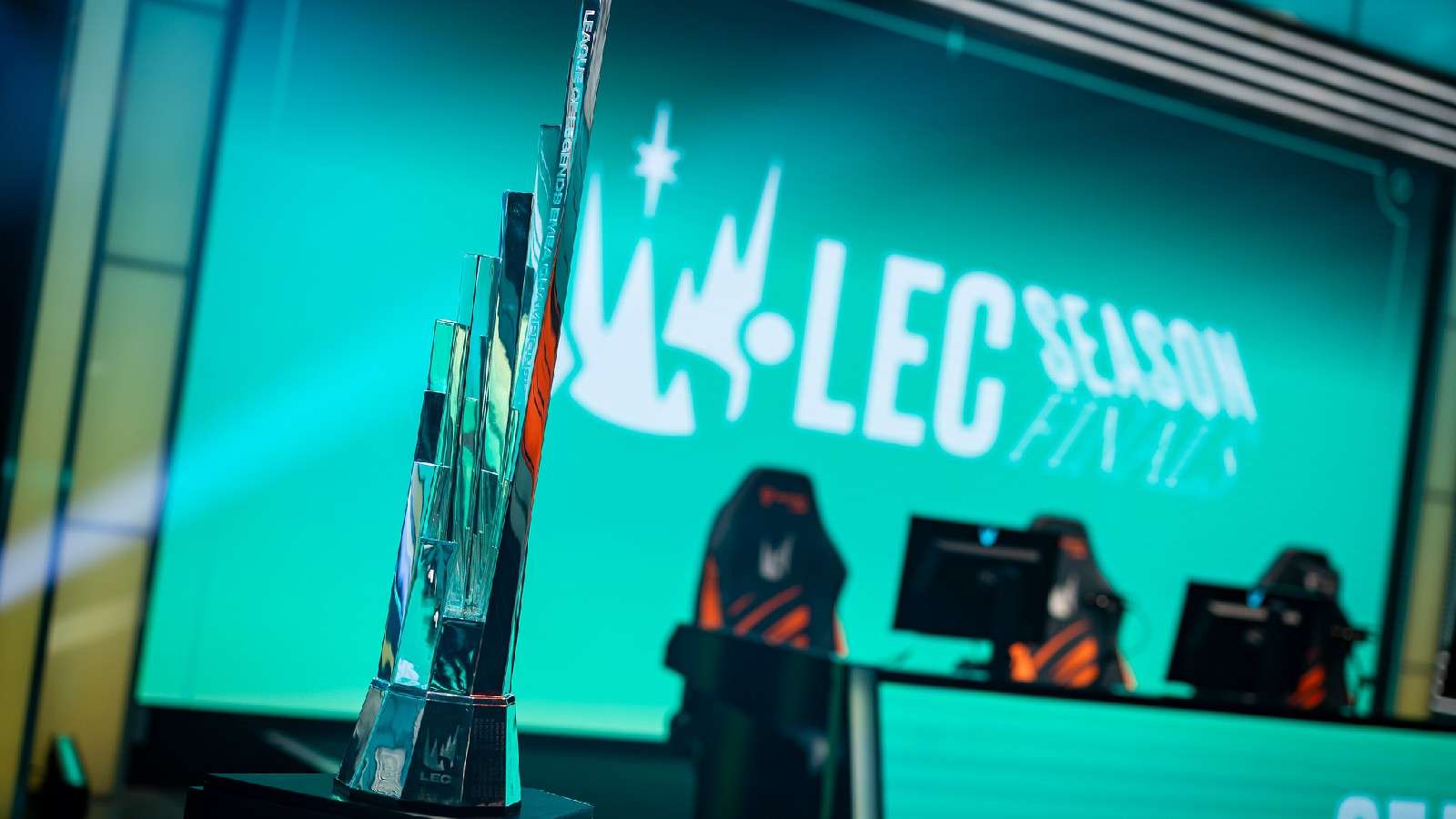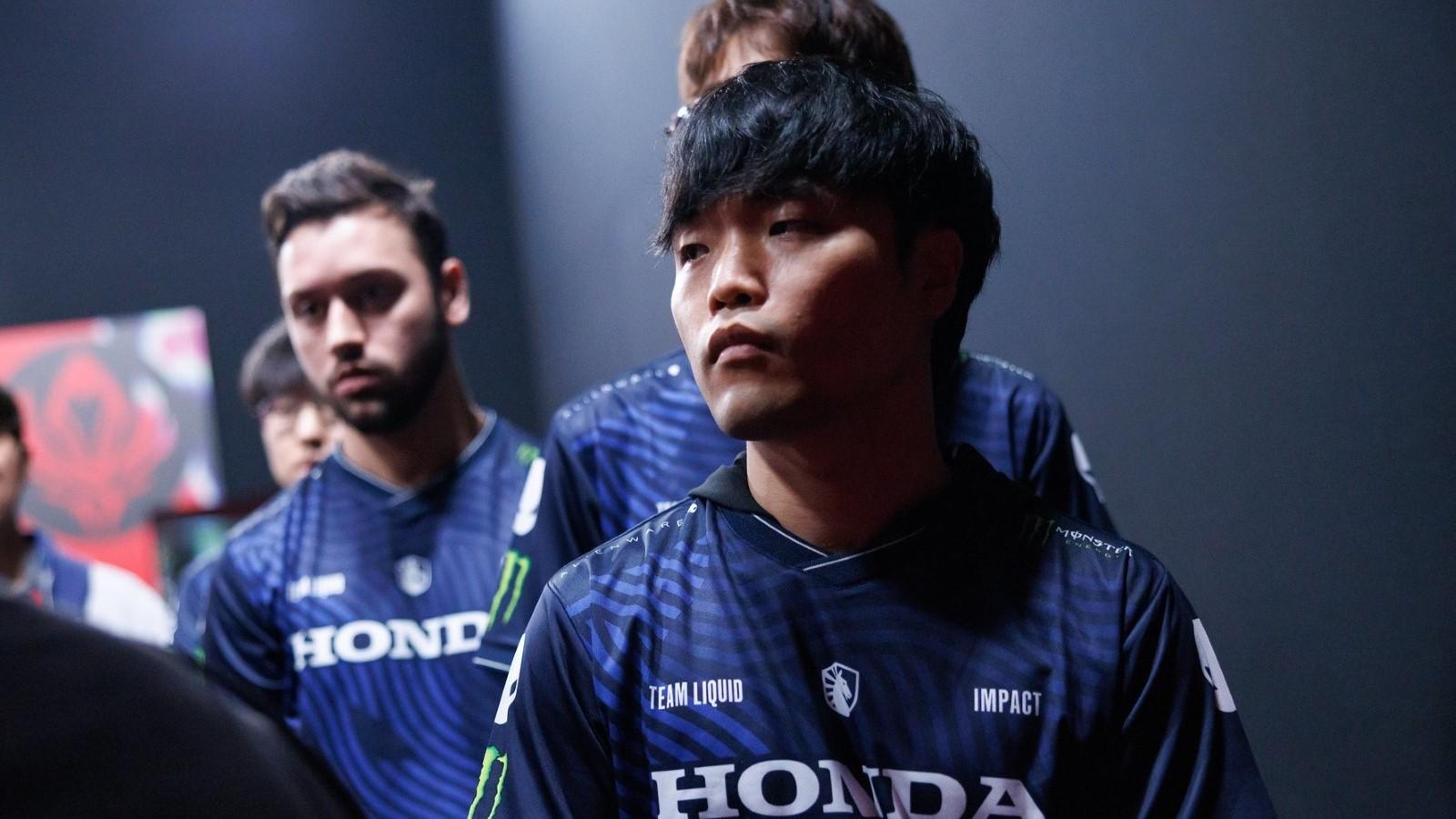LEC introduces salary cap and luxury tax for 2024 season
 Michal Konkol/Riot Games
Michal Konkol/Riot GamesRiot Games has announced that the LEC is introducing strict financial regulations for the 2024 esports season.
With the start of the 2024 off-season still almost two months away, Riot Games has announced that it is introducing a set of new financial regulations, called Sporting Financial Regulations (SFR), in the LEC, Europe’s top League of Legends league.
The new regulations, Riot explained, aim to create “a financially sustainable environment” for all parties involved — the players, the teams, and the league itself — and protect the space from “unsustainable spending practices.” Riot also hopes that this new system will level the playing field in the LEC, which has had only four different winners since its inception in 2019. One team, G2 Esports, has won two-thirds of the titles on offer in the league.
“In the current economic climate, we are dedicated more than ever to creating a sustainable future for our players, teams, and the LoL Esports ecosystem in EMEA as a whole,” said Maximilian Peter Schmidt, Director of League of Legends Esports, EMEA.
“The LEC SFR, which will come into effect from the beginning of the 2024 Season, is one way in which we’re continuing to work towards our goal of long-term financial sustainability. By doing this, we aim to encourage teams to operate more sustainable businesses to provide job security for players and ensure we serve our fans for decades to come.”
How will the LEC’s salary cap work?
The new financial regulations include two thresholds, with teams required to spend within that range. The lower spending threshold, called SFR Floor, amounts to 50% of the higher threshold, called SFR Threshold.
The SFR only takes into account the salaries of the five highest-paid players on a roster.
The upper threshold, which is essentially what is described in traditional sports as a soft salary cap, is calculated based on many different factors. These include “LEC player salaries, League Revenue Pool of the current and forecasted years, team financial data – such as revenue and expenses – and other market indicators,” according to Riot Games.
Teams that exceed the maximum threshold will be hit with a luxury tax, called ‘SFR Fee’, which is determined by the percentage by which they exceed the cap (100 percent of the excess if the sum of the salaries exceeds 150 percent of the SFR and 50 percent of the excess if the sum is lower than 150 percent of the SFR).
Any luxury tax money collected by Riot will be distributed as follows:
- 50 percent will go to the teams that comply with the SFR system.
- 50 percent will be distributed to the EMEA LoL Esports tier-two ecosystem
With this new financial system, the LEC joins the LPL and the LCK in implementing a salary cap, leaving the LCS as the only major region without such regulations.
But without a collective bargaining agreement determining the terms and conditions of employment for players, a salary cap cannot be implemented in the LCS. And for that to happen, a player union would have to be created, and this cannot happen without Riot Games’ involvement, Phil Aram, Executive Director of the NA LCS Player Association, recently said.
Earlier this year, the U.S. Department of Justice reached a settlement with Activision Blizzard over allegations that the Overwatch League and Call of Duty League teams were hit with a tax if they spent more than the cap set by Activision. This cap “illegally kept down wages for professional players,” Bloomberg reported.



